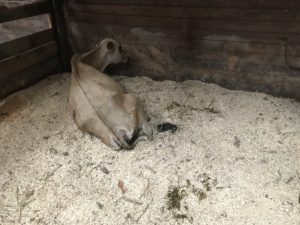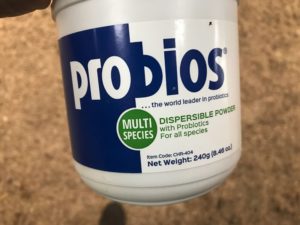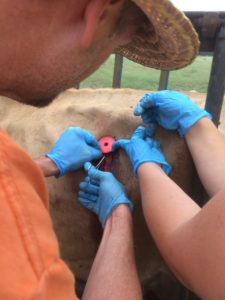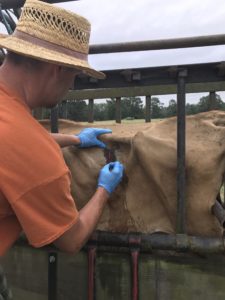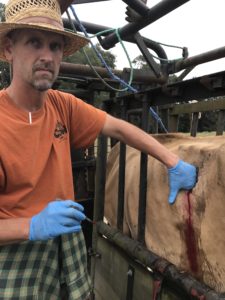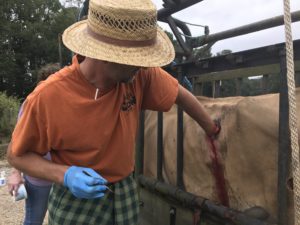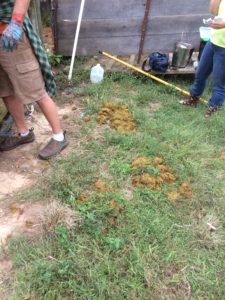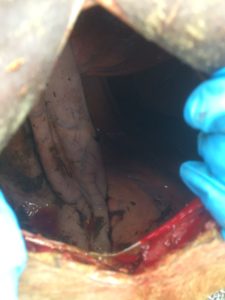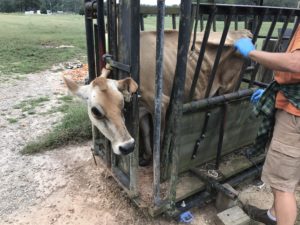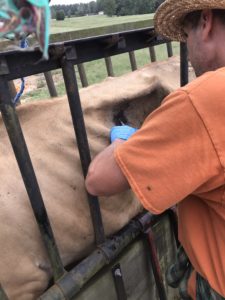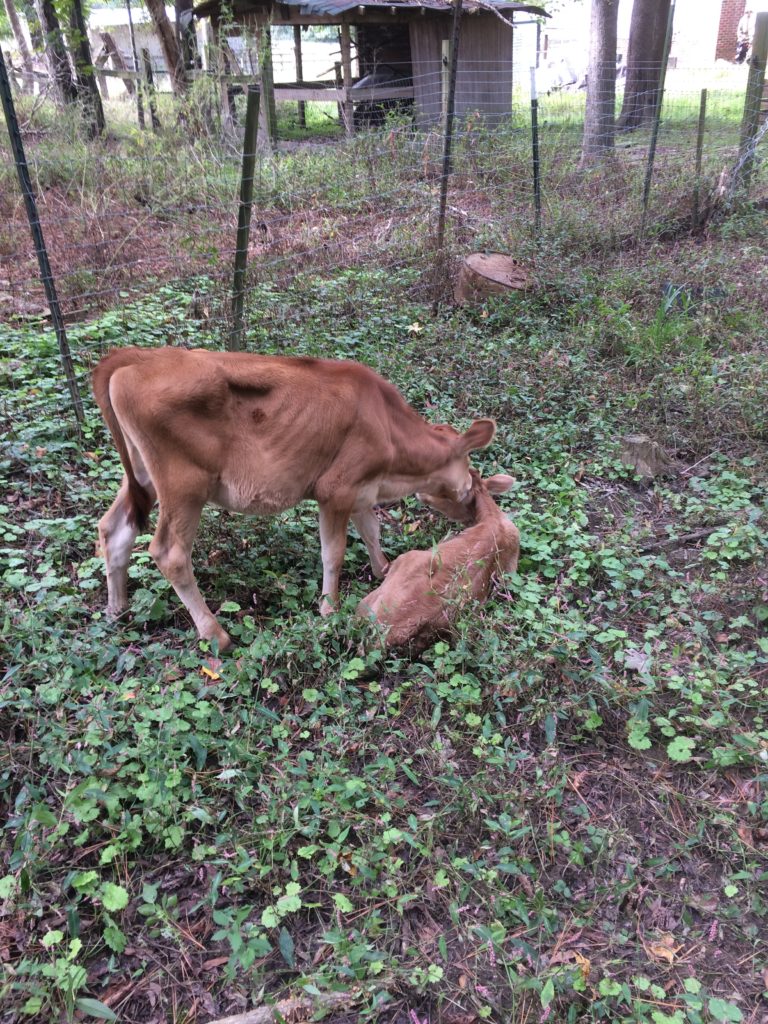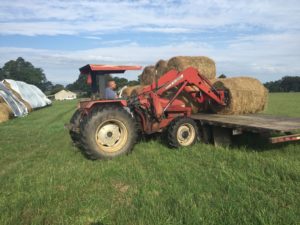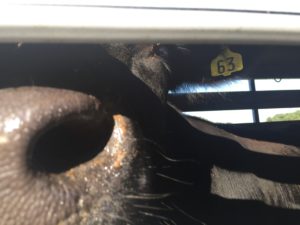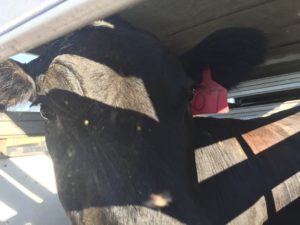Last week we ran our finish herd across our scales here in the barn yard before moving them onto new pasture and starting our rotation all over again. This is something we do a few times per year to see where we are in our progress, and where we are going for the upcoming years. It takes about two years till a cow is ready to process, so sitting here in fall of 2016, I’m planning on what my needs will be in fall of 2018. It takes a bit of a crystal ball, as I’m sure you can appreciate.
We currently have some cows in the finish herd that were born on our farm, some that were born at another farm a few years ago, and our newest batch that came from a certified Organic farm in South Carolina. Going forward, our home grown cows and our SC cows will be our primary source for beef.
Finishing cows is something that I had to learn about when we decided we’d change the way we farmed. I thought, originally, that you just kept them a bit longer and then processed them instead of selling them. This is a common misconception. Since we are grass fed AND grass finished, finishing cows is the hardest part of this business. I’ve been told by more than one experienced cattleman that you CAN’T finish cows on just grass. It took us years to get it right and I’m still learning every day.
One of the things you have to adjust to is that a grass finished cow weighs only about 1100-1200 pounds vs the 1400-1500 pounds that a grain finished cow does. This means less yield for the farmer, less fat in the meat, and maybe a bit tougher meat as a result. However, we’ve come across a happy circumstance this last weighing. First, let me list the weights.
Ear tag number, then color, then the weight in pounds
#39 – Yellow – 1516
#Steve 10- Red – 1457
#42 – Red – 787
#A9 – Yellow – 810
#A12 – Yellow – 902
#A2 – Yellow – 668
#37 – Red – 632
#13 – Red – No weight
#50 – Red – 428
#A5 – Yellow – 515
#21 – Red – 987
#43 – Yellow – 1289
#A1 – Yellow – 677
#46 – Yellow – 1154
#47 – Yellow – 1006
#54 – Yellow – 817
#A3 – Yellow – 764 (Hard to read)
#A4 – Yellow – 908 (Crazy)
#41 – Red – 689
#57 – Yellow – 810
#LF18 – Red – 1219
#A10 – Yellow – 650
#A8 – Yellow – 524
#A6 – Yellow – 753
#55 – Yellow – 755
#30 – Red – 875
#759 – Red – 1255
#40 – Red- 743
Bernice (Milk cow’s baby initial weight) 508
What does all this mean? That’s the next post.
